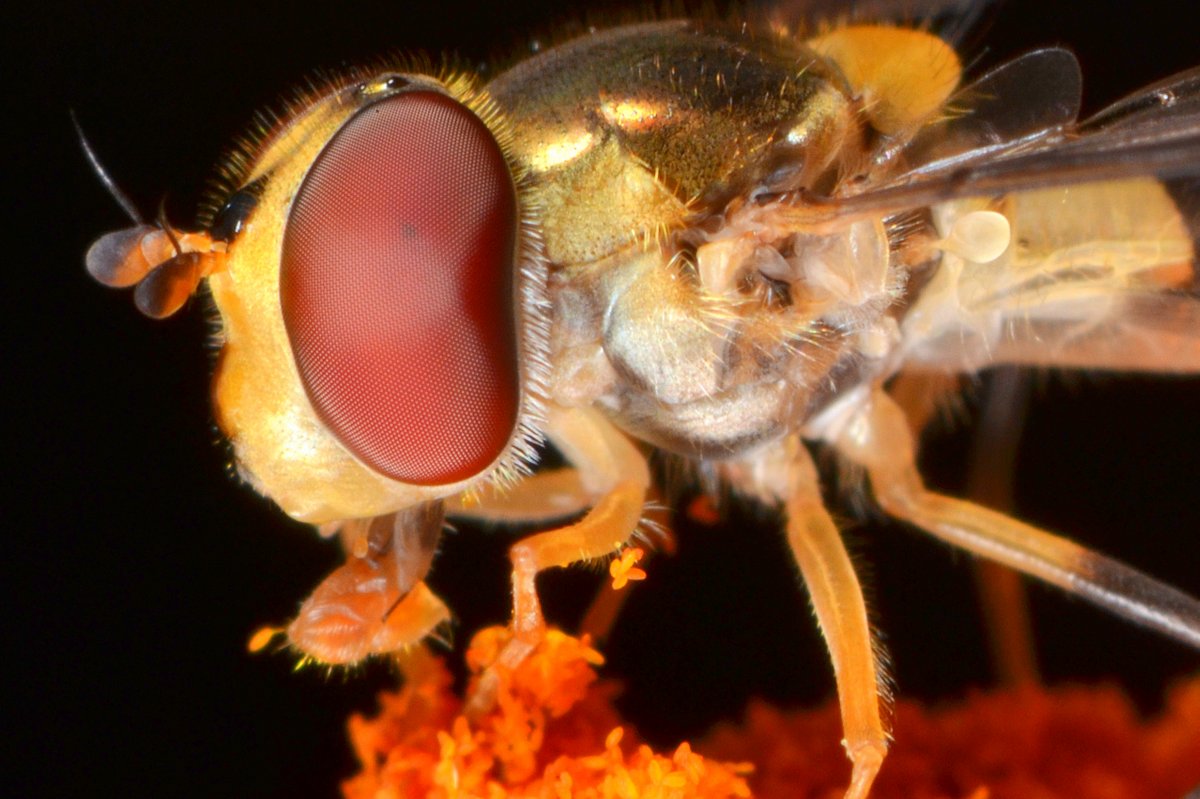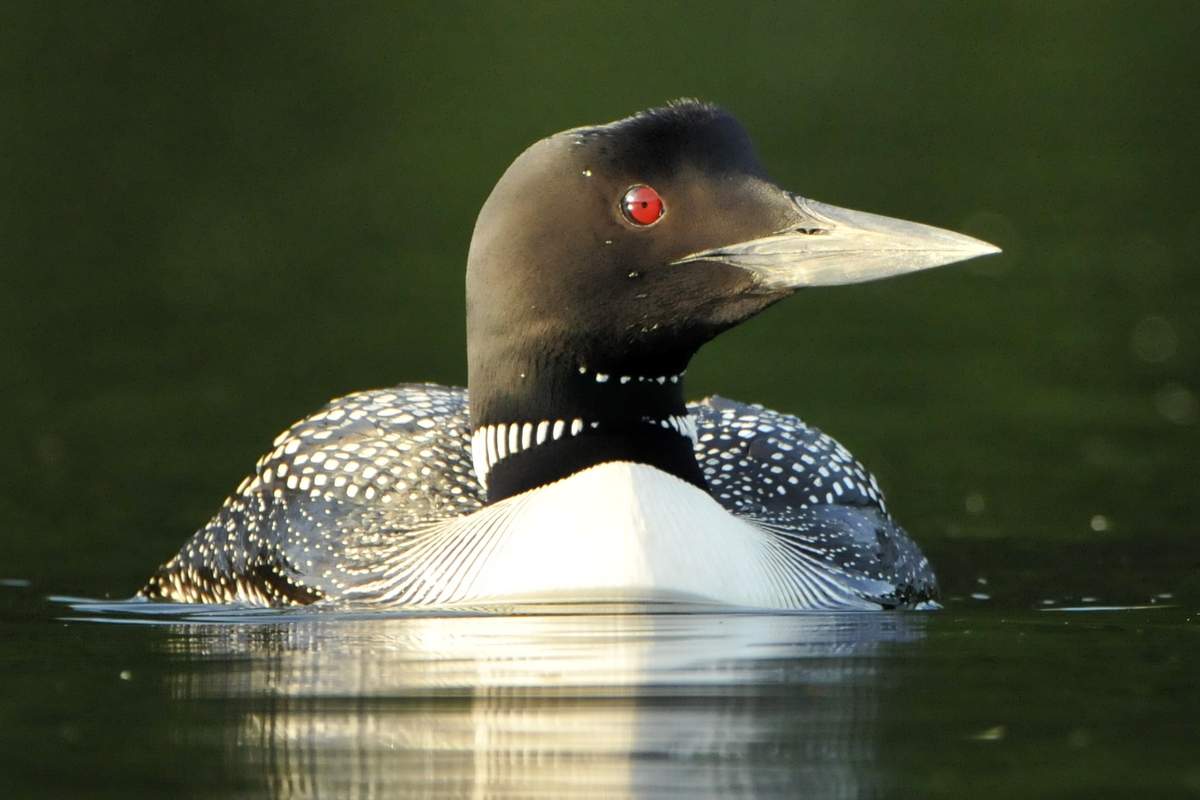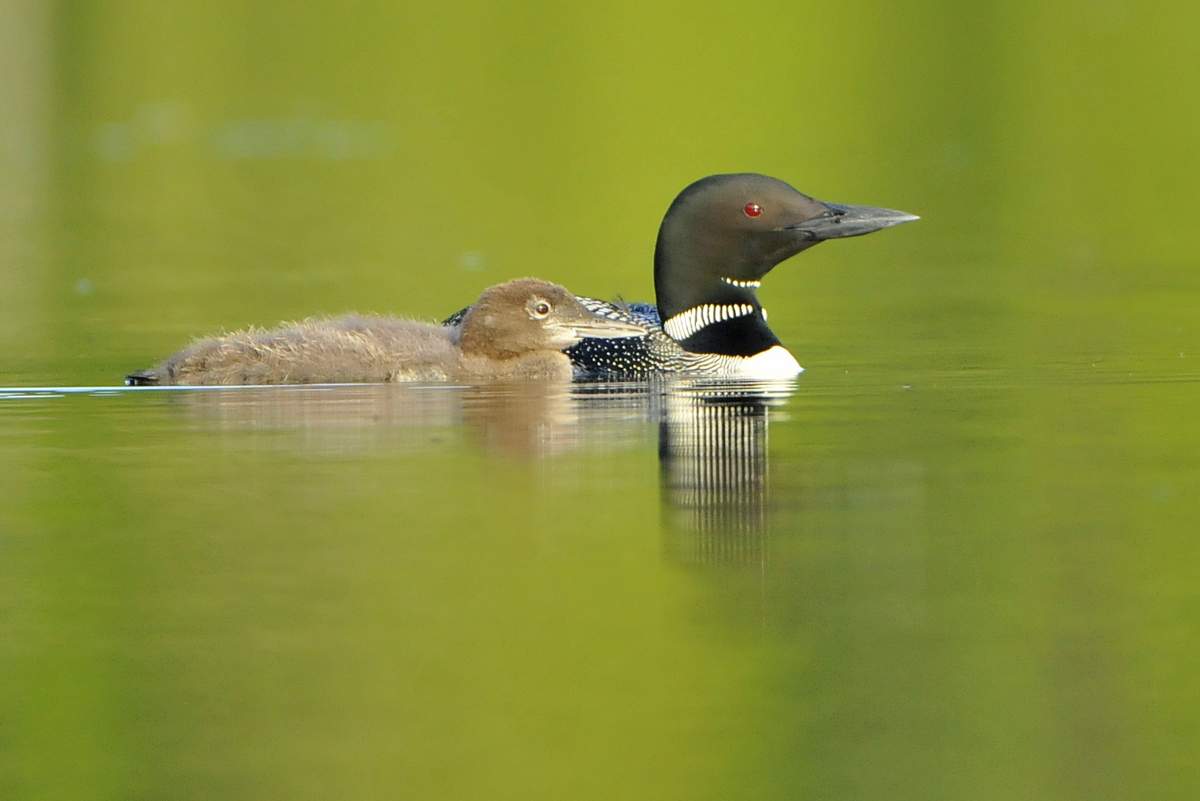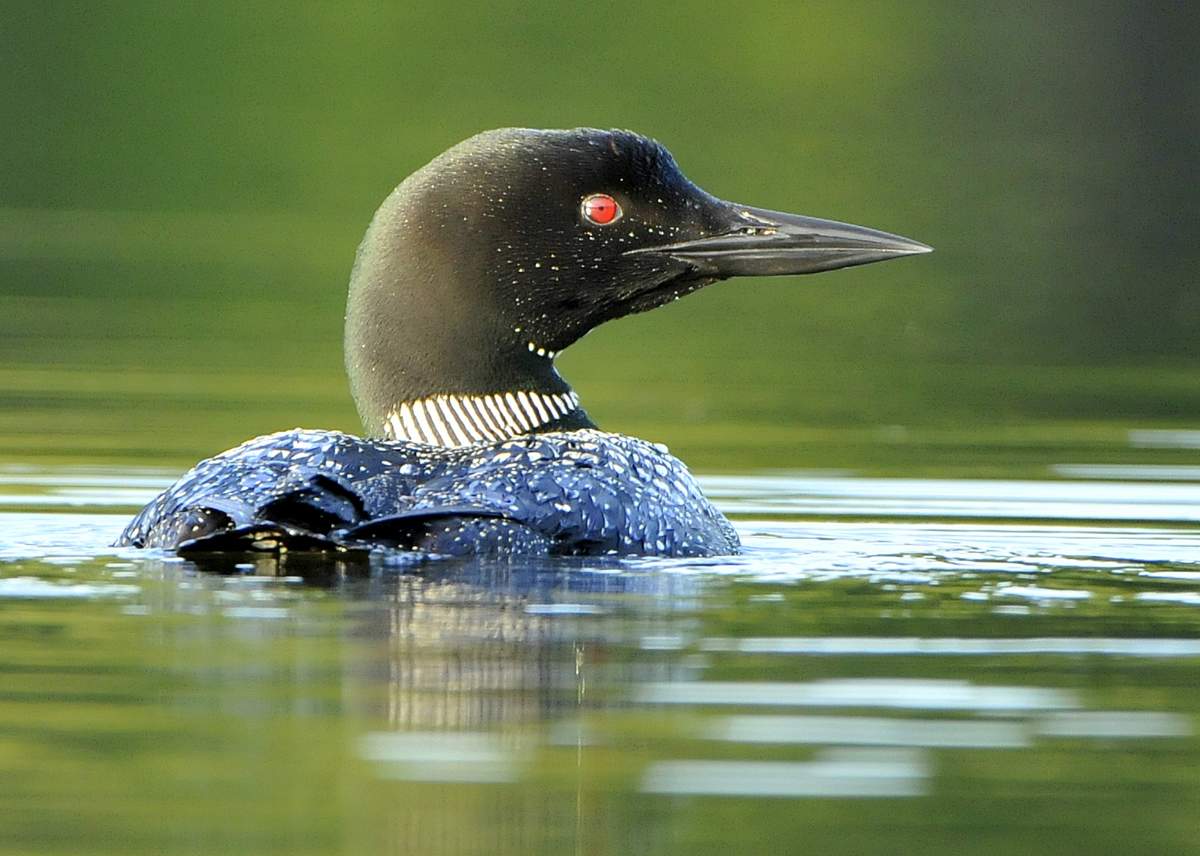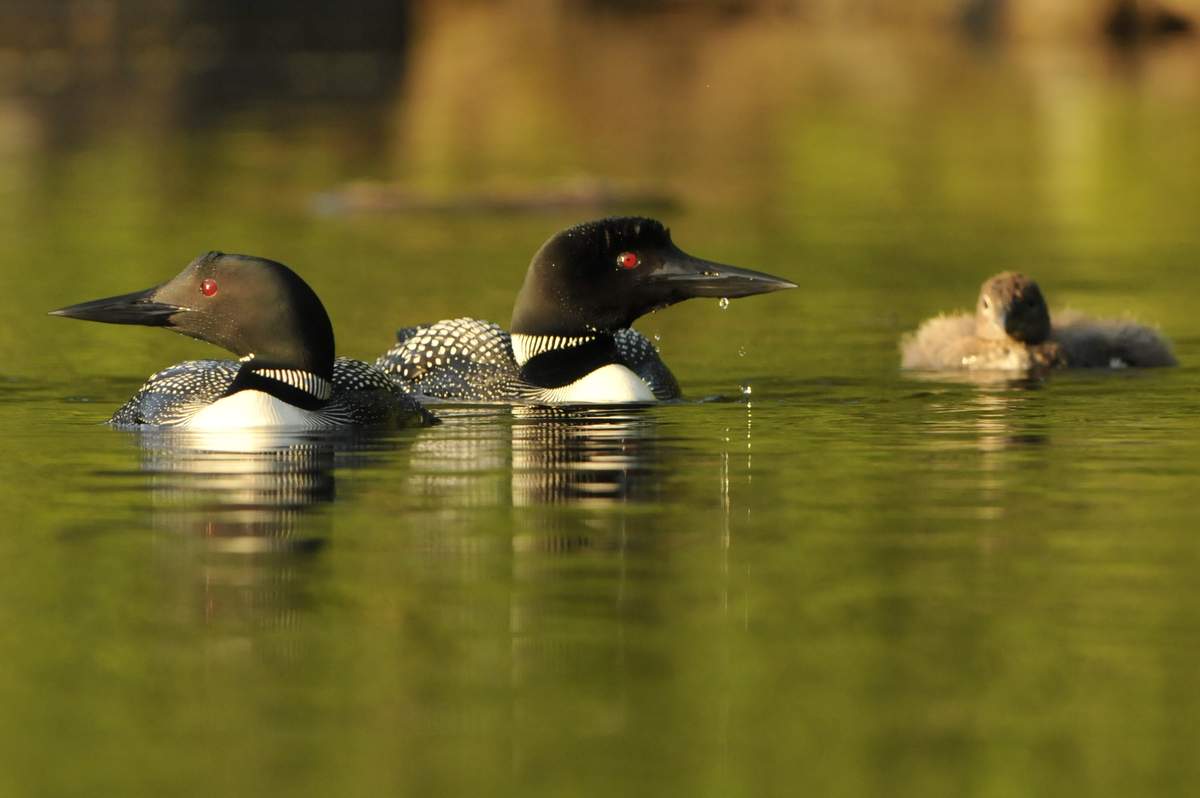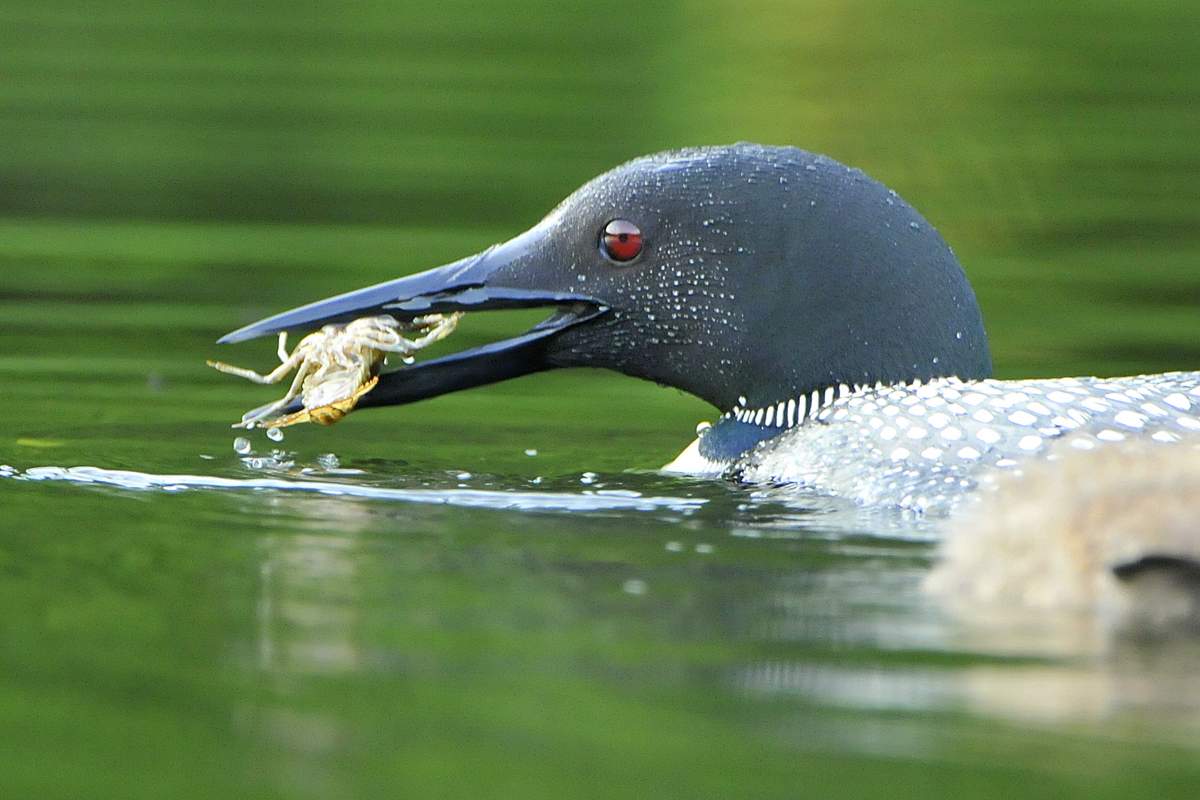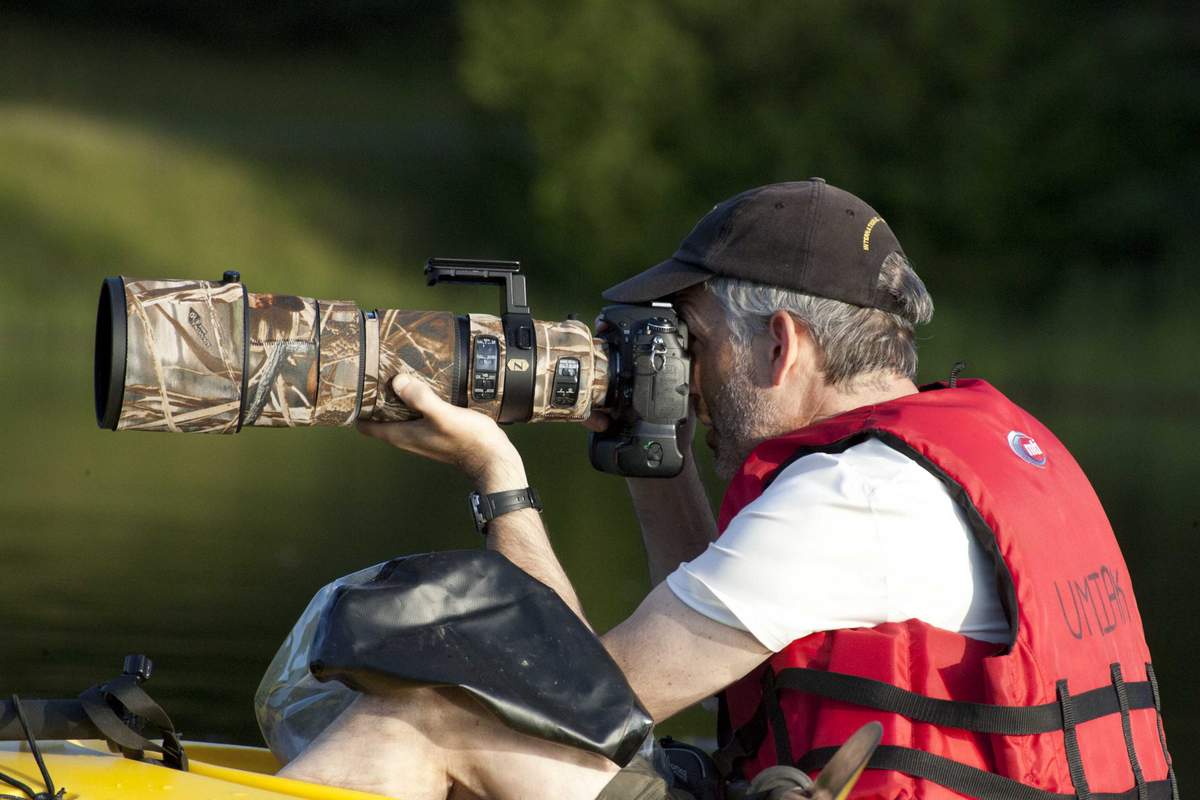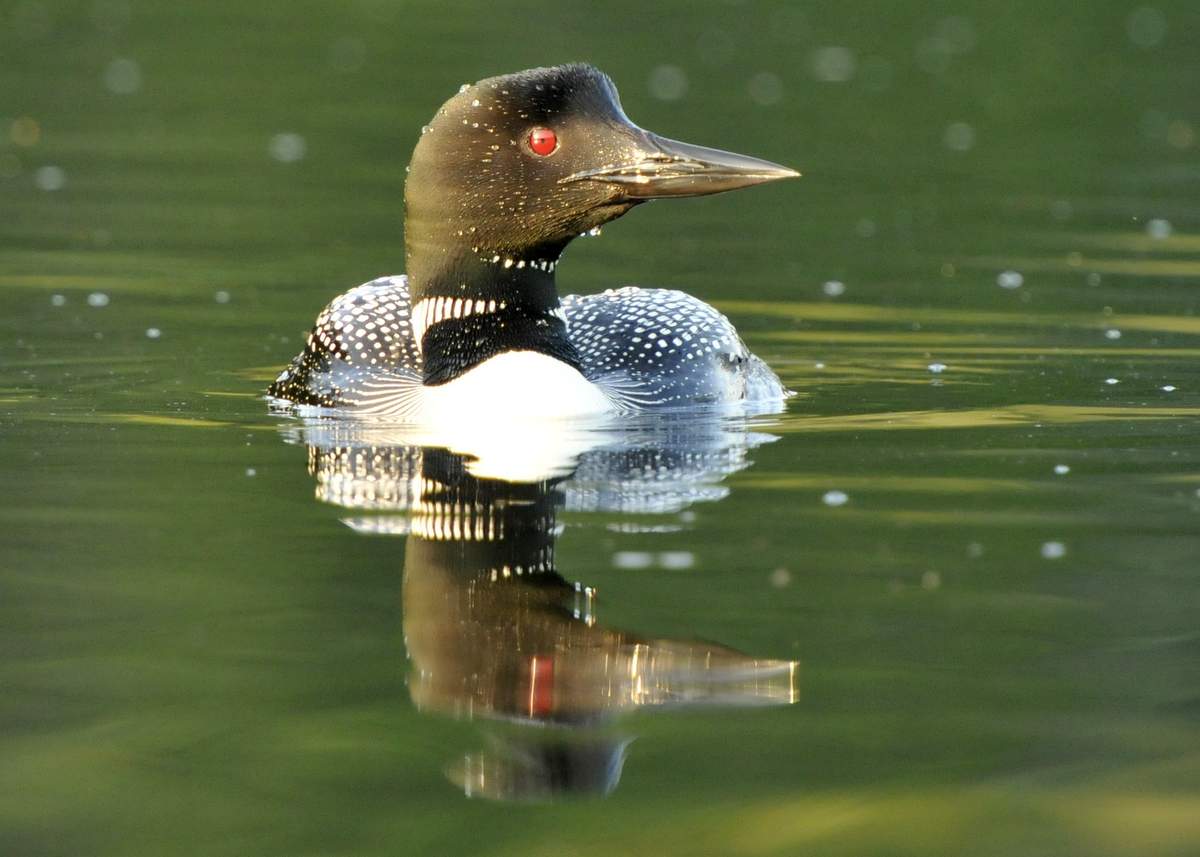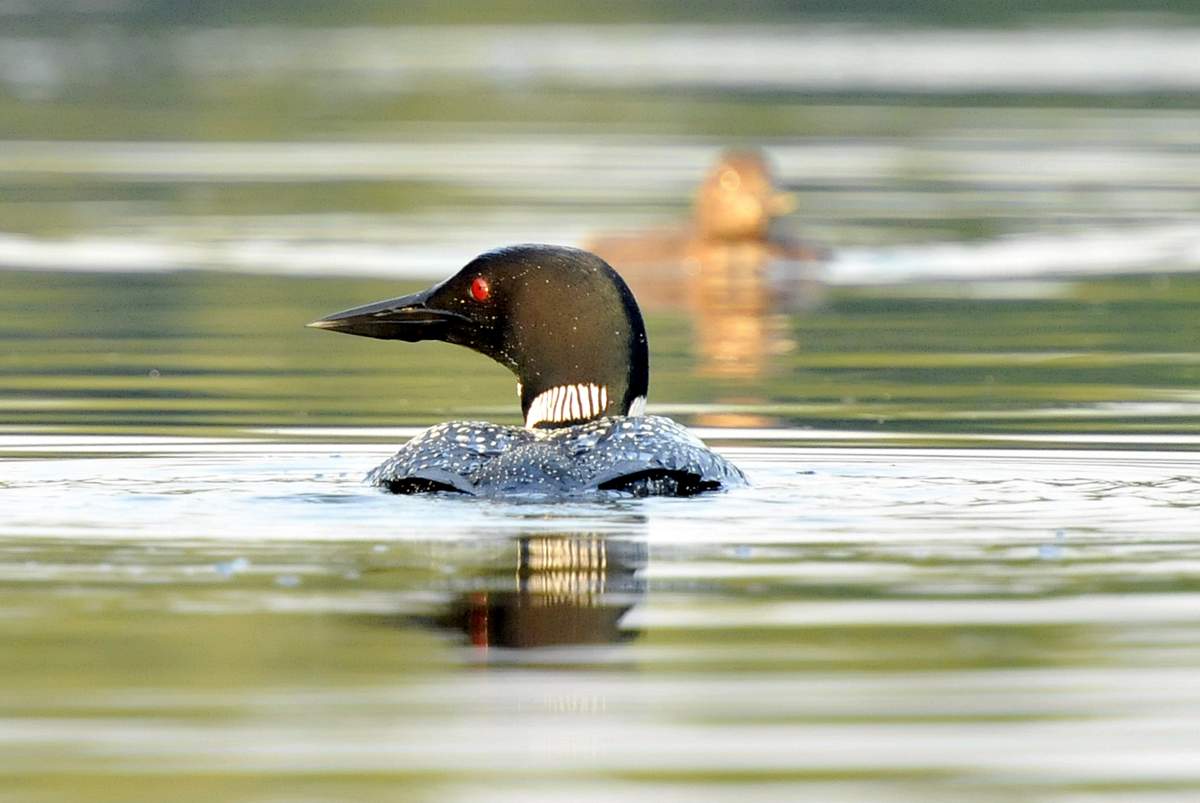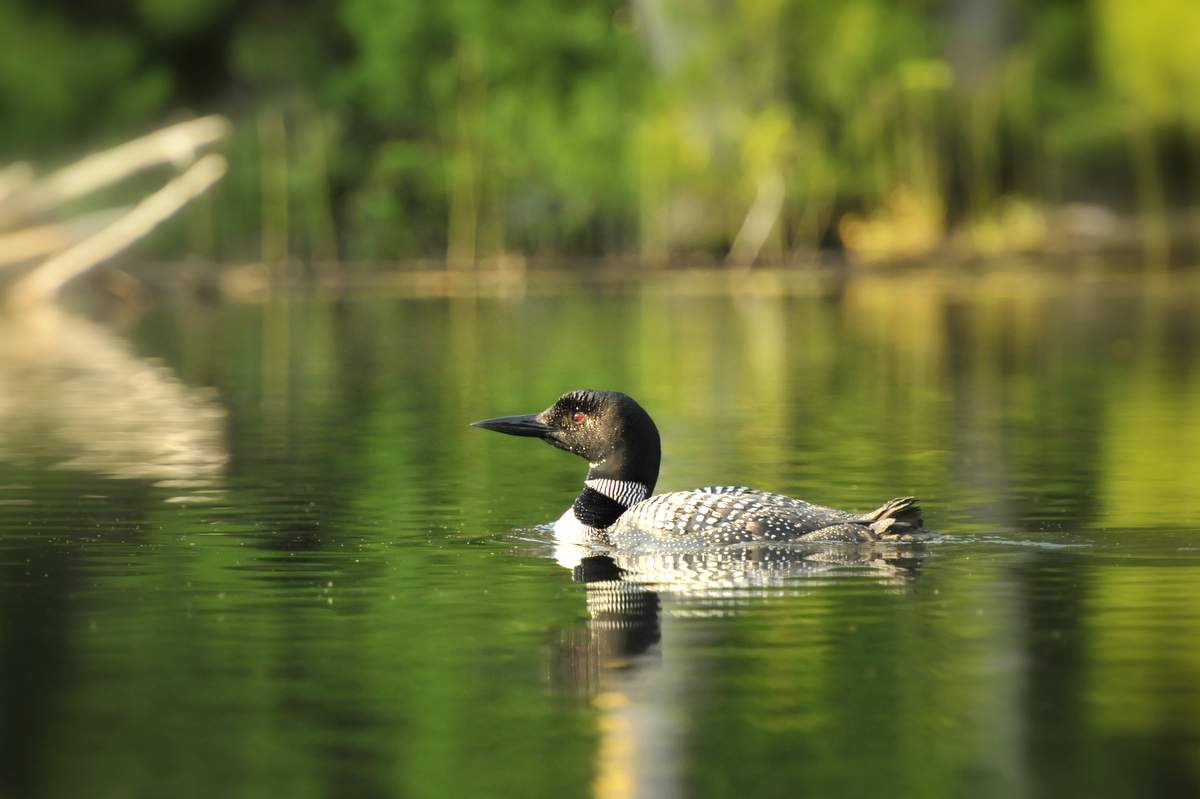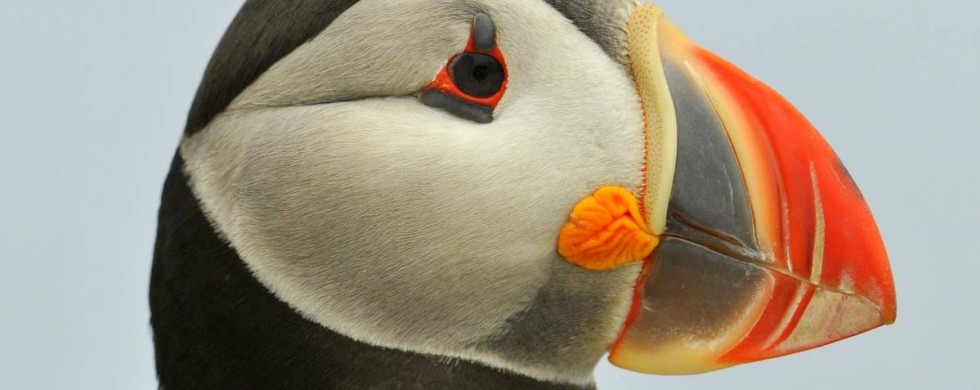29
I was out on Saturday photographing loons but I will give you a break from loons for a while. On Sunday I tried a bit of macro photography, not something i have done much of before….Wow, it is really hard to do it well, but i am happy with this one, given that i don’t really know what i am doing. Check out the full size image to really get in close and see the details. (For your reference, a hoverfly is at most 1/2 an inch in length)
23
15
15
Shot of the Month – July 2012
how
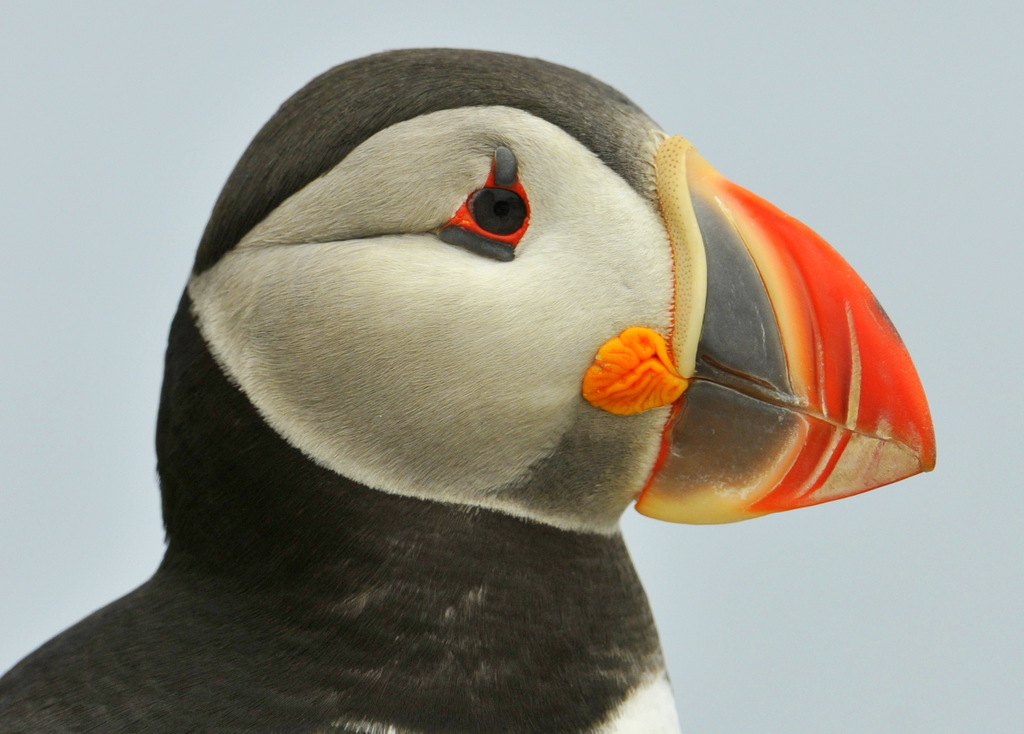 If the lost city of Atlantis had a circus, the Atlantic Puffin, aka “the clown of the sea” would surely be a star act of the show. After having the pleasure of spending some quality time with these birds I can attest that the nickname is well deserved.
If the lost city of Atlantis had a circus, the Atlantic Puffin, aka “the clown of the sea” would surely be a star act of the show. After having the pleasure of spending some quality time with these birds I can attest that the nickname is well deserved.
First, the puffin is decked out in a dapper outfit, has incredible face “makeup”, has oversized colorful feet, and sports a big red nose (ok, the beak is more orange than red, but give me a little poetic license to make this metaphor work) – typical physical characteristics of the clowns I have seen as a child. The stunning coloration is a sign that it is breeding season – both male and female alike are so colorfully adorned. In case you were wondering, it is virtually impossible to distinguish males from the females from looks alone, though the males can often be a bit larger than the females. DNA samples are the only way for us humans to distinguish between Mr. and Mrs. Puffin.
The Atlantic Puffin spends most of her life in solitude on the open water of the North Sea. It is difficult to imagine how hearty this 10-inch bird must be to survive in those conditions. In the summer several thousand puffins converge on the rocks of Machias Seal Island, just off the coast of Maine, to breed and raise their young. After a year apart a breeding pair will reconnect on the island, they mate for life, and raise one chick from a burrow dug in between the rocks.
Second, Atlantic Puffins are funny, as most clowns aspire to be (yes, back to the clown metaphor). When puffins walk they have a waddle that is Charlie Chaplin-esque. Sometimes they walk very quickly with their head down as if lost in thought and late for a meeting. As the rocks can be quite crowded, one must pass through many other puffin territories and this posturing signals that they are just walking through and don’t mean any trouble. Funny.
When a puffin flies in and lands on a crowded rock she will exhibit the “post-landing position.” To get a sense of this recall a memorable gymnast you watched on TV (or saw in person). As the gymnast completed her final maneuver she did a dramatic dismount off the high beam. Remember how she stood there with her arms out and held that pose perfectly still for an exaggerated amount of time to demonstrate that she really nailed the landing? Same with the puffin. Upon landing on a rock, she will put one foot in front of the other, extend her wings out, and lean forward with her head hung low. And, she holds it…………. Still holding it……..aaaand ok. Done. This posturing is a sign of non-hostility that relieves tension when landing among a group of puffins.
And, it looks hilarious.
There are many other puffin fun facts, endearing behaviors, and quirky attributes to explore but that will be for another month. Suffice it to say that I have great affection for these amazing little birds — I find their looks to be remarkable and their pacifist and accommodating demeanor inspiring.
If you want to see Atlantic Puffins in action, check out this live webcam (sponsored by Audubon’s Project Puffin) from nearby Seal Island. But you have to hurry as the puffins will head back out to sea by late August.
And you can see more of my clown, uh, puffin photos here.
Until next month…. 🙂

